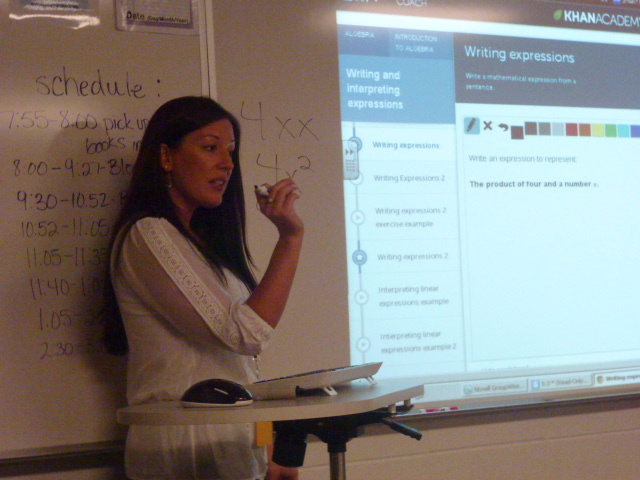When the State Department of Education finalized its second list of technology pilot schools, I asked Superintendent Tom Luna about Kuna High School.
Not missing a beat, Luna said Kuna was one of the schools that did not make the cut. And Luna said he was “bummed” about it.
If nothing else, Kuna illustrates the limitations of the tech pilot program — which will play out in 15 additional Idaho schools in 2014-15.

Ninety-nine schools applied for a share of the $3 million in grants awarded Monday. All told, the schools submitted nearly $26.1 million worth of applications. The flood of applications — up from the 81 schools and $19.5 million in applications submitted a year ago — demonstrates the ever-growing demand for classroom technology. And while Luna was not on the 14-member committee that selected the pilots, he says the applications reflect quality ideas. “If we’d had $26 million, we would have funded them all.”
Which brings us to Kuna.
A year ago, the district was the biggest winner in the tech pilot sweepstakes. Kuna Middle School received $891,200.20 to equip its 800 students with Chromebooks. The district applied for a grant to set up Kuna High School with Chromebooks, one for every student.
But Kuna High School didn’t make the cut, which poses an interesting predicament. When the middle school’s students graduate, they will move from a 21st century classroom to a 20th century classroom. This underscores what Luna sees as the pilots’ biggest flaw. The process creates a digital divide between the schools that have one-to-one computing devices, and those that don’t.
In theory, schools can fund technology on their own, by going to voters for supplemental levies. But passing a local levy is never a sure thing. In Kuna’s case, it took two closely contested elections to pass a two-year, $6.38 million levy, designed to preserve instruction days and keep 30 teachers on the job.
So the next state superintendent — Republican Sherri Ybarra or Democrat Jana Jones — will inherit a work in progress. It will be up to the winner to decide how to fund classroom technology in the future, and what to seek from the Legislature. Does the next superintendent continue the pilot process? Or does the next superintendent try to start the state on a process of providing schools with a technology allowance, say $200 per student, and the chance to choose from a pool of technology vendors?
Luna won’t have the last word. But he will have a chance to frame the discussion, with the first draft of a 2015-16 budget for K-12, which he will submit in September.
“That will be a part of the conversation as we put together a budget.”
